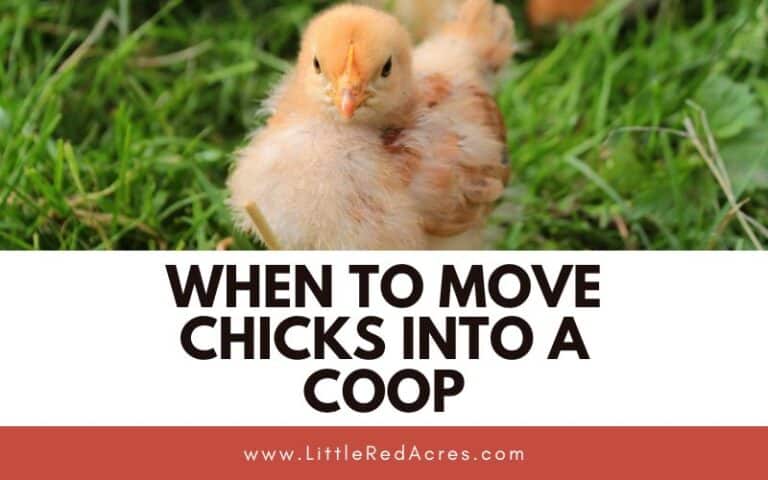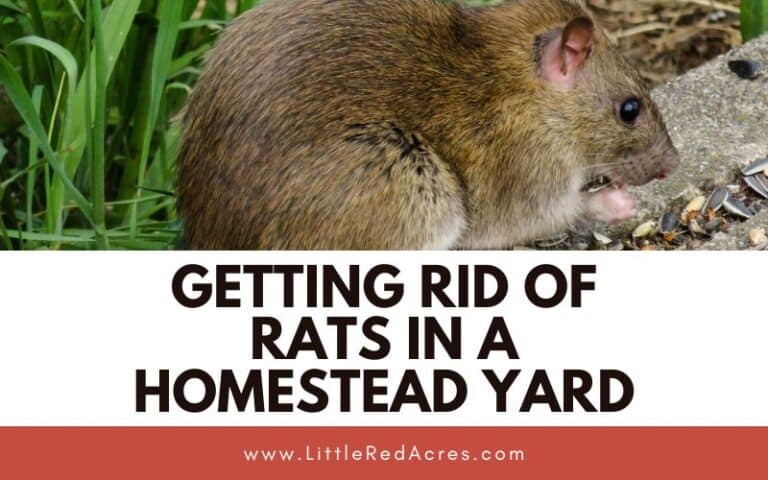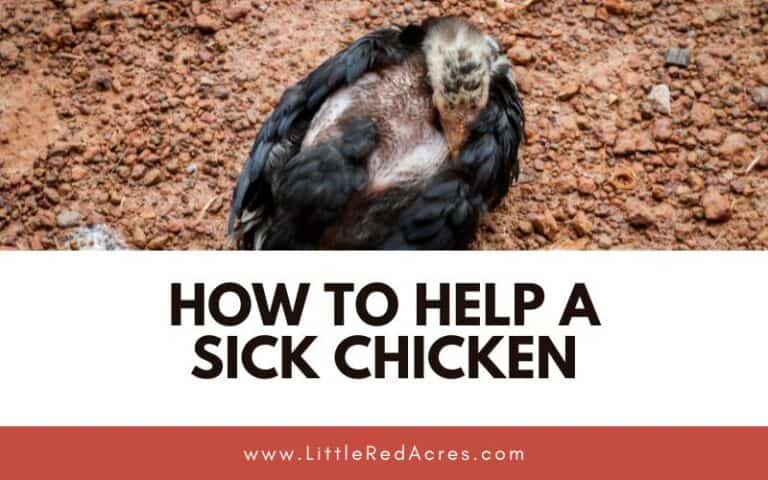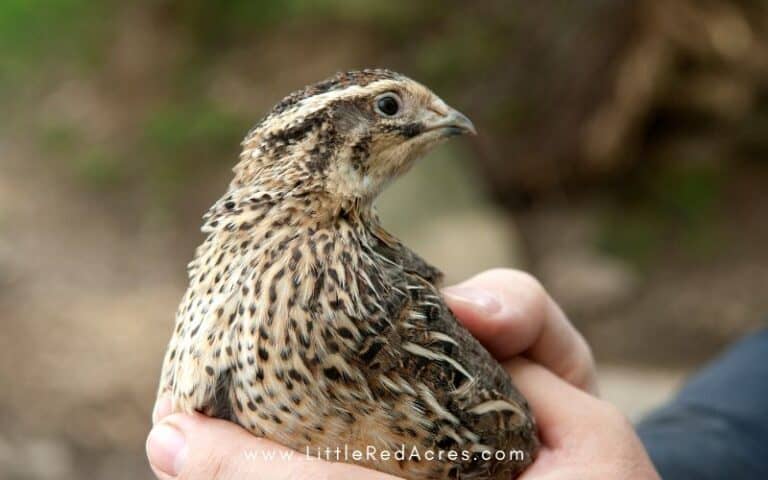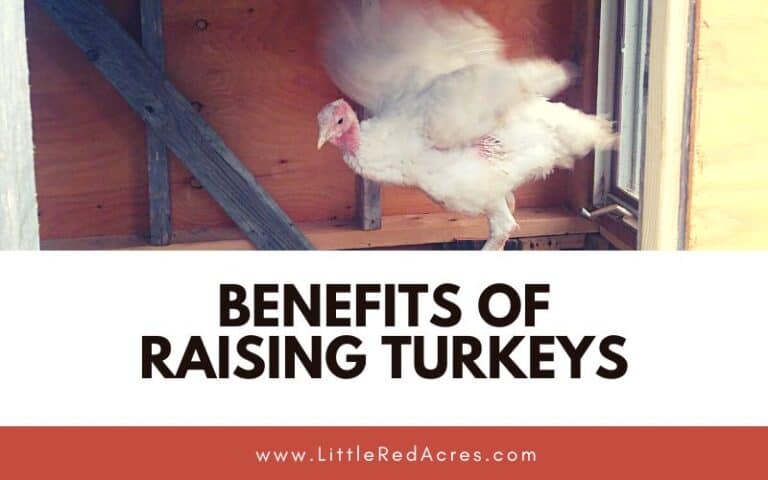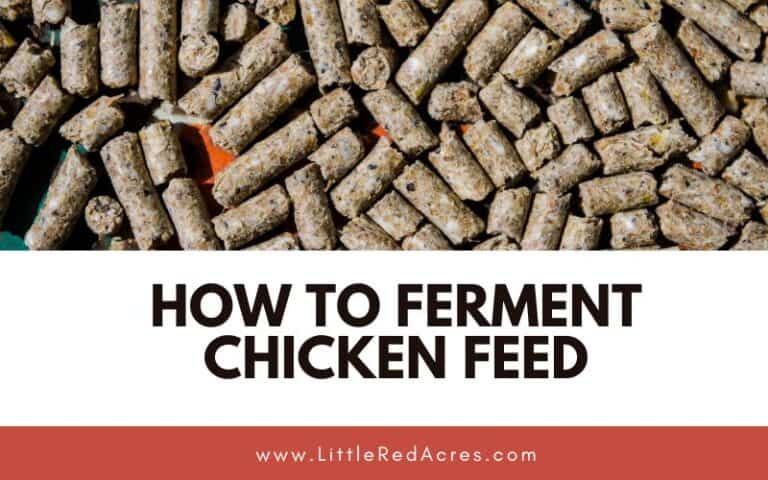How to Take Care of a Baby Quail
Inside: Baby quail are like baby chickens but faster. Every aspect of their development is faster. Here's how to take care of a baby quail.
Baby quail are a bit like baby chickens, but much, much faster. I don't mean how fast they move, but everything about a quail is faster. Our first quail weren't out of their brooder before we got our first quail egg. Here's how to take care of a baby quail.
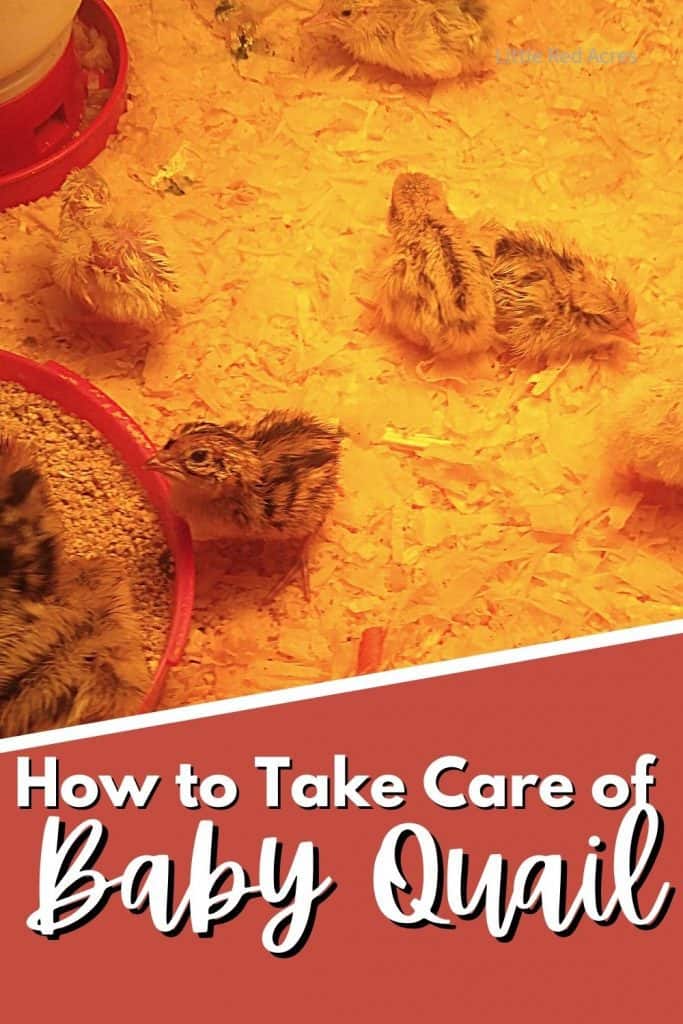
This post may contain affiliate links, see my disclosure policy for more information.
How to Take Care of a Baby Quail
Despite our plans, we ended up getting quail after getting chickens and we quickly saw the difference between the two, even as day-old chicks.
Get updates & freebies delivered to your inbox!
It is said that baby quail are born knowing that they are “damn delicious”. They run around the incubator as they hatch, even with half the egg still attached to them.
They bounce quickly between being extremely fast, zipping around the brooder, and then falling asleep. When they sleep they look dead. I cannot tell you have many times I have woken up a quail because they look dead.
They continue to sleep like they are dead, from tiny new chicks through adulthood. They like to keep us guessing.
Quail Brooder
We leave our chicks in the incubator for no longer than 24 hours before moving them to the brooder. You want the brooder temperature preheated before moving them to the brooder. The temperature of the brooder should be at about 95.5F.
You can start to lower the temperature of the brooder by 5 degrees each week.
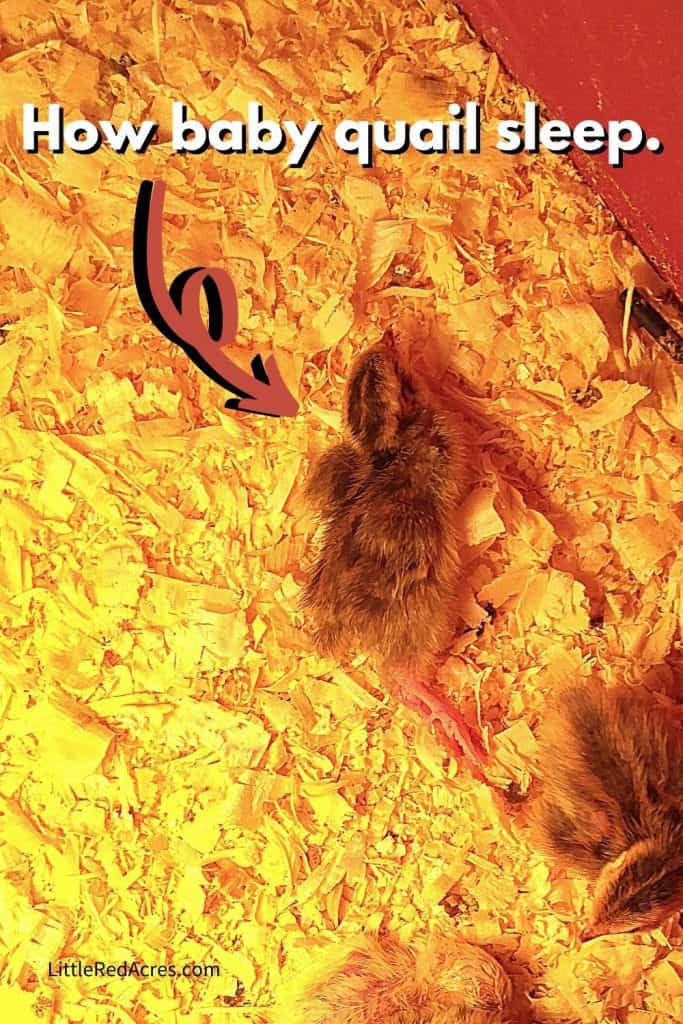
What Do Baby Quail Require?
You need to provide your chicks with food and water of course. They require a very high protein food, a non-medicated starter crumb of 24% protein or higher.
What Do Baby Quail Eat?
We use a wild game feed with a protein of 27% to feed our quail and use our coffee grinder to make it finer for the chicks.
If you have never raised baby quail but are familiar with raising chicks, check out our baby quail VS chick comparison to learn more about the difference in raising both.
You want to make sure that you are using a water system that your quail are not going to fall into and drown. They are tiny birds. We use the quail bases on our water system, it is much smaller.
We use a thick layer of pine shavings in the bottom of our brooder. They will quickly start scratching and dust bathing in it.
Quail mature very quickly, developing feathers just days after hatching.
Lifespan of Quail
Quail have a shorter lifespan and this makes for everything about them to be sped up a little in their development. Laying eggs between 6-9 weeks, if not earlier.
They do have a shorter lifespan of 1 1/2 -2 years. It's sad, and to be blunt, hard to keep without incubating consistently.
Frequently Asked Questions
Can you let Coturnix quail free range? You cannot let Coturnix quail free range like chickens they aren't a bird to bed down or return to their coop at night. They just hunker down in place.
How big of a coop do I need for Coturnix quail? 0.5 to 1.0 square foot per bird
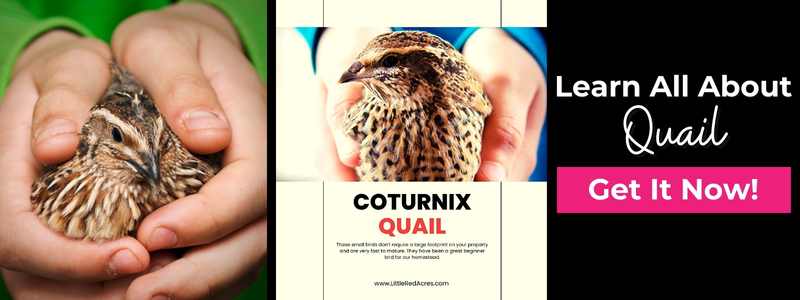
Similar Posts:
7 Reasons to Have Backyard Chickens
How To on Raising Healthy Quail

